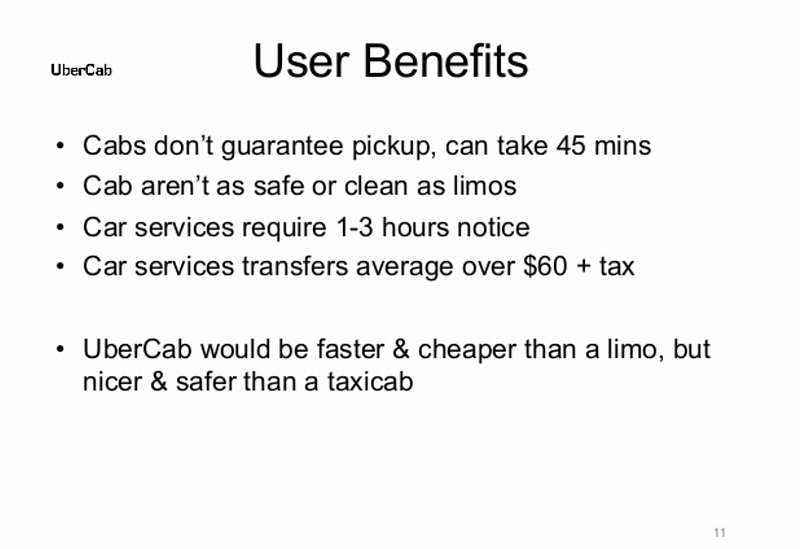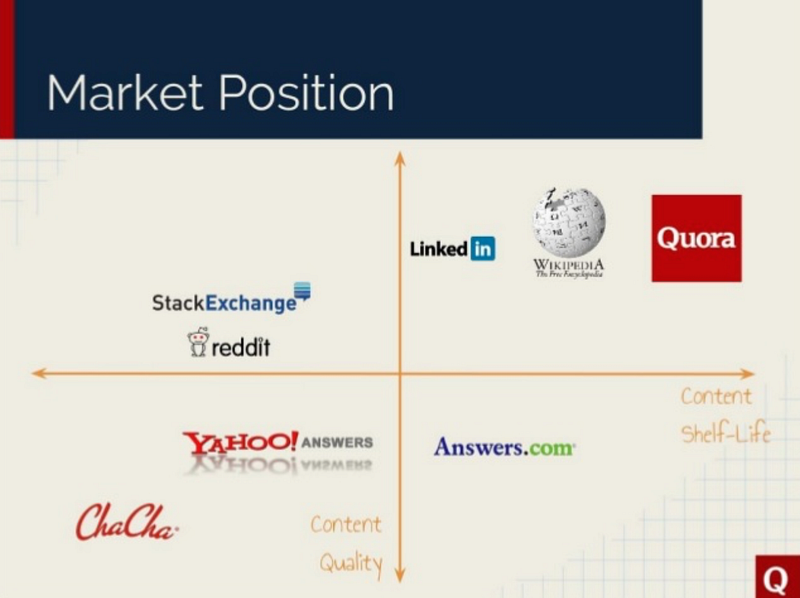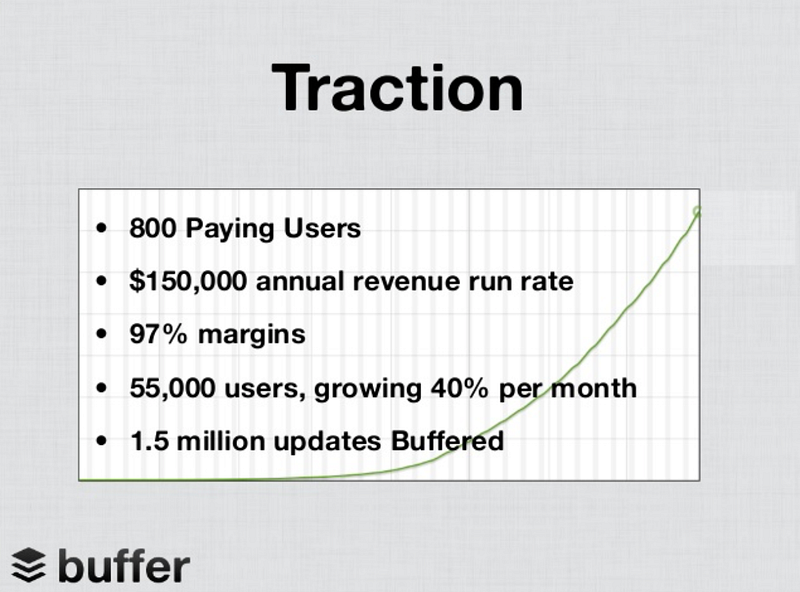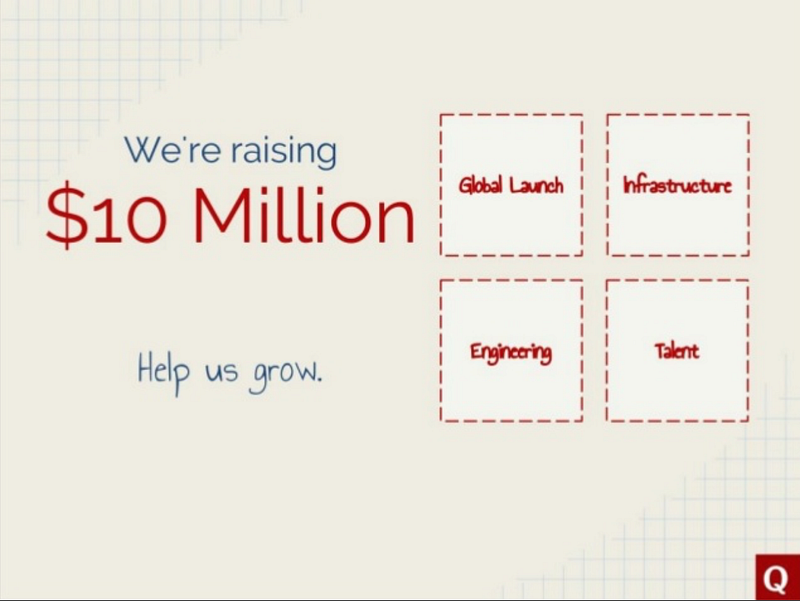When it comes to trying to get funding for your product or service, there’s little that’s more important than having a killer pitch deck. Apart from having a great business idea, it’s probably the biggest influence on whether or not you can secure an investor.
And, in fact, even a great idea can be very quickly sabotaged by a badly planned pitch deck!
With that in mind, it can feel intimidating to get started. What do you need to include? Where do you start? What research do you need to have done beforehand?
Read also:Funding Challenges Threaten Start-ups in Africa
Don’t fret. Today we’re going to walk you through all of it! Not only will we chat you through each of the key sections that you should include in your pitch deck, but we’ll also show you examples from some well-known (and very successful!) businesses to help get the inspiration flowing.
Let’s get you the funding you deserve!
The Key Tenents to a great pitch deck
First things first, let’s discuss the things that you should keep in mind throughout creating your pitch deck. Lose sight of these points and you risk losing your potential investors, too!
- Keep it concise: Whether it’s Venture Capitalists or Angel Investors that you’re pitching to, keep your deck focused. As VC Iskender Dirik notes, “The attention span of a VC is even shorter than you might think. Be as striking, simple and short as possible.” (source). Similarly, Angel Investor Jordan Rothstein says that one of the key factors in creating a great pitch deck is keeping it “clear and concise” (source, Angel investor).
- Engage your audience: Treat potential investors as an audience, ensuring that you are keeping their eyes on your pitch. Again, this links to being clear and concise, however also try to make your deck look the part and to present your information in as interesting a way as possible.
- Know what you’re talking about: Don’t start creating your pitch deck until you have put in the research! You need to truly undersatnd the behind-the-scenes of your business, know your market and understand your users. As such, commit to conduct user and market research that will give potential investors the reassurance they need that their money is safe with you.
What to include in a pitch deck


The above image is a good summary of what may be included in a pitch deck, with its contents being very similar to that of your business plan or business model canvas.
However, we’re going to walk you through each section that, as pitch deck specialists, we think should be included. We’ve also included the decks of some well-known and successful products to help you nail your pitch.
Engaging Intro
As we said, being engaging is crucial in your pitch deck. Creating a snappy and interesting first slide can be particularly brilliant for grabbing potential investors’ attention. After all, you want to start on the right foot.
Take Quora’s deck, for example. The very first slide is an introduction to their company in a way that is intriguing and culturally relevant at the time.

Find the full Quora pitch deck here.
The Team
Show off your dream team! This is a great opportunity to build trust with your potential investors by showing any relevant previous experience. Again, take Quora as an example.

Find the full Quora pitch deck here.
What’s the problem?
Of course, your product or service needs to be solving a problem. Through your user and market research you will have hopefully got this all figured out. Now explicitly define it in your deck.
Take Uber as example with their pitch deck from 2008:

Find Uber’s full pitch deck here.

How do you solve it?
Now that you’ve defined your problem, tell potential investors how you solve it. Again, your user and market research should have helped you to find a viable and needed solution!
Sticking with the example of Uber, here’s how they explained their solution to the above issues.

The Product/Service
Now explain exactly what your product or service is. Try to do it as simply as possible so that anyone could understand it.
AirBnB’s “Product” slide is a great example:


Find the rest of AirBnBs pitch deck here.
What does the market look like?
Show that you’ve done your market research and give your potential investors faith that you know what you’re talking about by providing your market findings.
AirBnB created a great summary in their deck.

Also use this section to show who you’re selling to. Of course, this should all be backed up by solid market research!
Uber defined their market as “Professionals in American Cities” early on in their pitch, but also outlined the following use cases:

The Competition
Your market research should give you a clear idea who your competition are. Make sure that you clearly define these in your deck.
One great way to do this is through a Market Position diagram, like this one from Quora.

The Technology
If relevant, highlight the tech behind your product or service. Your investors won’t necessarily share your level of expertise, so simply explain what technology you use.
Take a leaf out of Uber’s book:

Traction
Nothing makes people want to invest more in a product than proving it’s already loved! Use your “Traction” section to highlight key (positive!) stats including things like members, users, revenue, margins and growth.
Buffer did so perfectly in their deck:

Find the rest of the Buffer pitch deck here.
Business Model
Perhaps one of the most important parts of your pitch deck, this section shows how you actually make revenue. Ensure that this is backed up by solid calculations and research, as is the case with AirBnB.

The Marketing Plan
If you want to make sales, you need to have a killer marketing plan. Show your investors that you’ve got a strategy for encouraging wider spread adoption once you have secured funding.
Here are some of Uber’s ideas from 2008!

Needed investment
Time to lay out exactly what you need. Keep it concise and simple.

The Takeaways
Your pitch deck needs to get across that you have a viable product or service idea that is backed up by lots of solid research. Don’t worry, over the next couple of weeks we’re going to cover exactly how you can conduct this research and wow your potential investors.
On top of that, your pitch should be engaging and should show your passion for the market you work in. So, use these sections as a guideline for the key information to include, but make sure that you inject your company’s personality into it!
In an article about whether there is a one size-fits-all formula for pitch decks, Imogen Berman also highlights the importance of tailoring a deck to your audience. So, this is a great read for those of you that want to continue learning on this topic.
To find out more about how we can help you with user and market research, click here. We can also assist with grant funding applications, too.
Plus, don’t forget to check out Buffer’s, AirBnB’s, Quora’s and Uber’s original pitch decks.
Bethany Austin is a research writer at Snap Out, a Market and User Research Consultancy based in Milton-Keynes.
Charles Rapulu Udoh

Charles Rapulu Udoh is a Lagos-based lawyer who has advised startups across Africa on issues such as startup funding (Venture Capital, Debt financing, private equity, angel investing etc), taxation, strategies, etc. He also has special focus on the protection of business or brands’ intellectual property rights ( such as trademark, patent or design) across Africa and other foreign jurisdictions.
He is well versed on issues of ESG (sustainability), media and entertainment law, corporate finance and governance.
He is also an award-winning writer.
He could be contacted at udohrapulu@gmail.com
